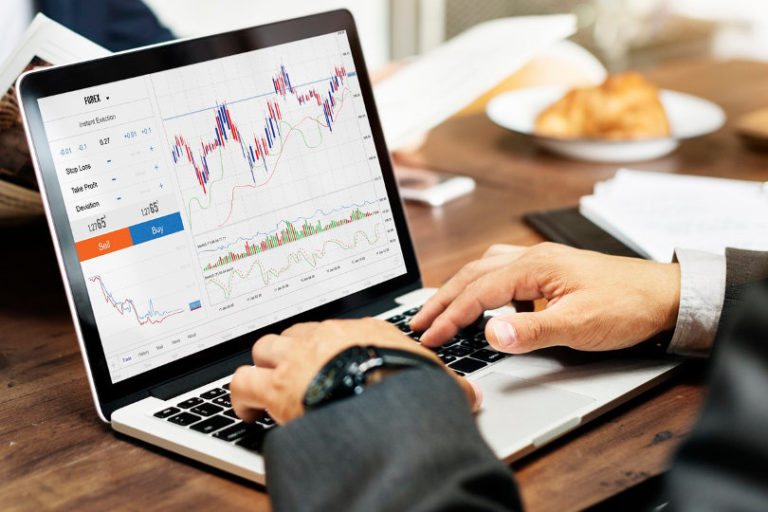The Key Considerations Before Trading Forex

The forex market is an often misunderstood entity, particularly with estimates suggesting that between 70% and 90% of traders lose money over the course of their career.
However, while this highlights the challenges facing forex traders in terms of volatility and complexity, it also shows that it’s perfectly possible to achieve a profit in the marketplace with the right type of preparedness.
But what are the key steps to keep in mind before getting started in the forex market? Here are some of the most crucial considerations.
What is Forex Trading?
Forex trading refers to the buying, selling and exchange of international currencies, which are traded in pairs and as derivative assets.
This enables investors to speculate on specific price movements, as they look to profit even in a depreciating market and without assuming ownership of the underlying financial instrument.
Forex is also a highly leveraged product, with this referring to the process of borrowing capital and establishing margin prior to placing an order.
Through reputable trading platforms such as the MetaTrader 4, you can often access leverage of up to 100:1, enabling you to open and control positions that are far larger than the value of your initial deposit.
The Main Types of Risk
Interestingly, leverage also provides a risk in the marketplace, as it’s possible to incur disproportionate losses in addition to sizable gains.
As leveraged positions are supported by high levels of margin, you may have to repay significant sums of money in the event of a failed or ill-judged trade.
This isn’t the only risk factor to bear in mind when trading forex, however, and it’s important to have a detailed understanding of the market as a whole before risking your hard-earned capital.
Another risk is the underlying exchange rate, which governs the real-time value of currency pairs across the globe. Most currencies are subject to a free-floating exchange rate, which remains vulnerable to a host of macroeconomic factors such as inflation and a country’s underlying base interest rate.
It’s therefore critical that you follow the macroeconomic factors and data releases that are likely to impact currency valuations, in addition to the geopolitical risks that can undermine even the most reliable trades.
How to Deal With These Risks
There are a number of proactive ways in which you can mitigate these risks, initially by capping your leverage in line with your existing capital and your underlying level of risk tolerance.
More specifically, you should never commit more than you can afford to lose through a leveraged position, and instead focus on maintaining your balance and trading as responsibly as possible.
As we’ve already said, you should also follow the latest news that’s likely to impact on specific currency pairings, while we’d recommend accessing an economic calendar through your chosen trading platform to identify key data releases in the future.
Finally, don’t forget to utilise practical risk-management tools such as ‘stop losses’. These measures work by automatically closing positions once they’ve incurred a predetermined level of loss, helping you to keep your head above water in a volatile marketplace.

“Evil coffee nerd. Analyst. Incurable bacon practitioner. Total twitter fan. Typical food aficionado.”











